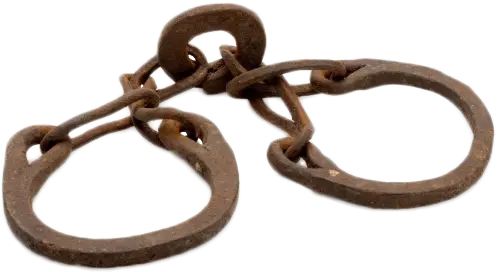The Declaration of Josephe
December 16th, 1681
The Declaration of Josephe was the record of Spanish speaking Indian woman, Josephe as to why the Pueblo revolt was carried out by the Indians. Essentially, Josephe stated that the Spanish were mistreating the Indians, taking away what they owned, and enslaving them. In response the Royal attorney attempted to turn the situation back on the Indians as he accused them of turning away from God.
The religious overtones of the Declaration of Josephe are strong on both sides of the situation. The Indians viewed the situation as a destruction of their religion thus making revolt necessary. The Spanish felt that they were protecting Catholicism as they forced the Indians to comply with more restrictive behavior.
Juan de Onate
The Declaration of Josephe shows the strong feelings towards freedom that the indigenous peoples maintained. The consistent religious persecution and proselytizing by the Spanish drove the Indians of New Mexico to revolt. The Letter of Josephe documents Spanish maltreatment of indigenous peoples in the Southwest but Spanish incursions in the Southwest dated earlier such as in 1598 when Juan de Onate led 400 soldiers and colonists into the Indian city Acoma and killed over 800 of the 1500 inhabitants. Onate punished the Indians for their defiance by cutting off one foot of the surviving men and taking 300 women and children into servitude for Spanish families.
The violent colonization equaled other European settlers though Onate is often overlooked in American history. The methods of Onate were criticized even then by the leadership in Mexico City and he was eventually punished for his treatment of the Indians in the southwest. This punishment may have come to late as Onate’s methods failed to establish a substantial Spanish presence in the Southwest. Only after his removal was New Mexico established at Santa Fe in 1610.
One can conjecture that the expansion of English settlements was faster not because of the use of force but more so by virtue of trade with Indians. This is not to say that force was not used during the English colonial expansion but settlers learned early on that trade with the indigenous inhabitants was far more useful than trying to overpower them (Kessell, 2002). With the expansion of the African slave trade, indigenous peoples became more susceptible to land and cultural loss than enslavement – an almost equally bad circumstance.
References
Kessell, J. (2002). Spain in the southwest: a narrative history of colonial new mexico, arizona, texas, and california. Norman Ok: University of Oklahoma Press.
~Citation~
Triola Vincent. Thu, Feb 04, 2021. Spanish Enslavement of Indigenous Peoples Retrieved from https://vincenttriola.com/blogs/ten-years-of-academic-writing/spanish-enslavement-of-indigenous-peoples
